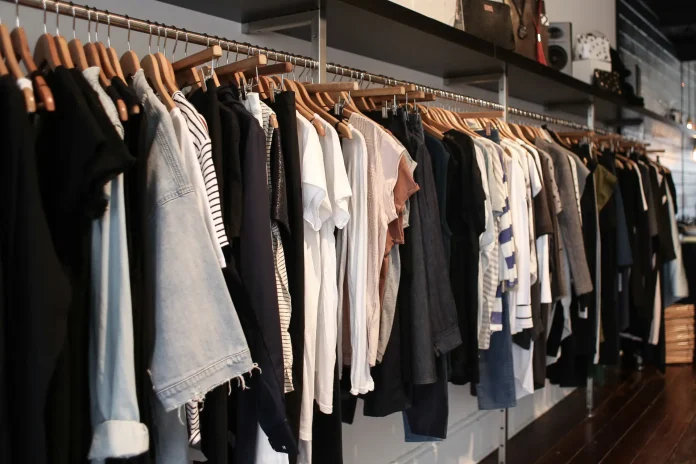While vibrant and ever-changing, the fashion and textile industry conceals a persistent issue: fabric waste because of a need for more knowledge about recycling fabric scraps. Behind the scenes, the production processes throw out unused fabric scraps and flawed patterns, leading to a substantial annual flood of waste. This problem, beyond its aesthetic concerns, holds significant environmental and societal consequences and recycling fabric scraps has become one of the most critical tasks for a sustainable environment.
Let’s delve into the fundamental problem of fabric waste in the garment industry and explore innovative strategies and solutions, from cutting techniques to post-consumer recycling initiatives.
Understanding Fabric Waste of Pre and Post-Consumer
In the garment industry, fabric waste emerges from multiple stages. Pre-consumer waste originates from manufacturing, encompassing inefficient cutting methods, low marker efficiency, and poor fabric usage. Post-consumer waste involves used and discarded textile items like worn clothing and bedding. Technological advancements, exemplified by initiatives like FabScrap, collect waste directly from manufacturers, giving rise to efficient fabric sourcing systems. These innovations promote sustainability and offer smaller designers economically viable waste management solutions.
Identifying Wastage Areas in Textile Manufacturing
The complexities of fabric waste extend into various manufacturing stages. Fabric manufacturing techniques, notably weaving and knitting, produce specific waste categories. Wet processing, a vital preparatory step, introduces challenges such as helping cloth waste and defects from poor inventory management. The cutting process, a critical stage, witnesses significant wastage due to factors like marker efficiency and cutting techniques. Sewing defects add another layer of wastage, leading to rejected pieces.
Challenges in Special Operations and Material Handling
Special operations, like embroidery and the use of accessories, introduce complexities. Production accessories, including labels and buttons, require careful inventory management to avoid wastage. Material handling issues, especially during wet processing, necessitate advanced techniques to prevent spillage and fabric damage.
Also check: https://blessedbulletin.com/impacts-of-land-use-for-a-sustainable-future/
Environmental Benefits of Recycling Fabric Scraps
Efforts to reduce fabric waste contain substantial benefits. Environmental preservation lies at the core, with reduced pollution and resource conservation. Economically, waste reduction leads to lower production costs, enhanced efficiency, and improved profitability. Ethical practices align with waste reduction, promoting sustainable fashion. Innovation opportunities arise, facilitating creative solutions, and improved product quality enhances customer satisfaction.
Fabric waste, a monumental challenge, demands industry-wide collaboration. The solution is recycling fabric scraps, encompassing every stage of the supply chain. Beyond environmental sustainability, waste reduction impacts economic efficiency, product quality, and ethical practices. From policymakers to consumers, stakeholders must work together to transform the industry into a force for sustainable change. The fashion world can achieve a greener, more sustainable future for all through innovation, commitment to ethical practices, and collective effort.



